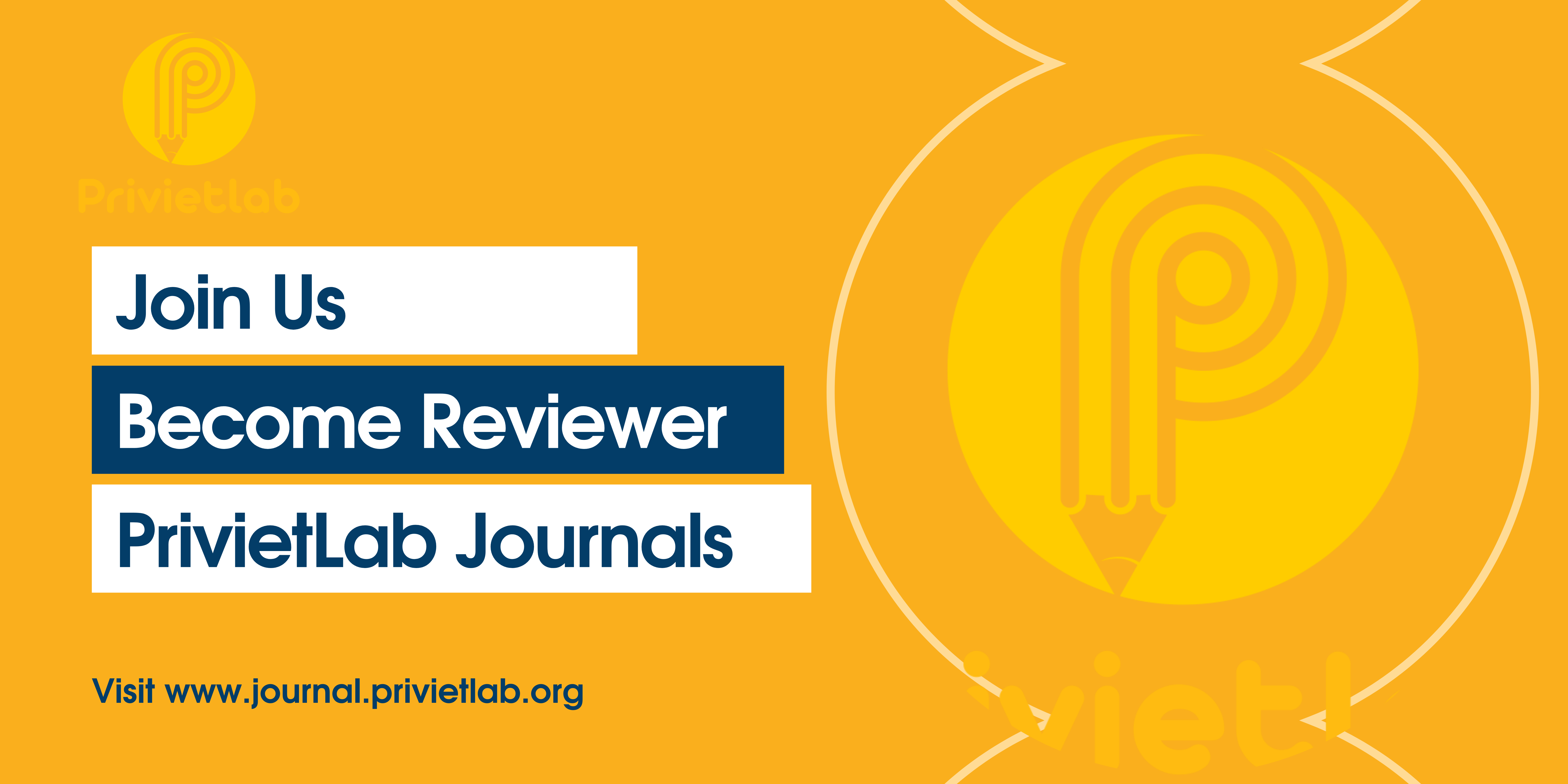Empathic communication training for cadres in assisting families of stunting toddlers
DOI:
https://doi.org/10.55942/pssj.v5i7.518Keywords:
Posyandu Cadres, Empathic Communication, Health Communication, StuntingAbstract
Posyandu cadres are the spearhead of real Community Health Center services in helping to address nutritional problems in the community. To support their role, Posyandu cadres must possess adequate communication skills to convey nutrition and health messages in a simple manner. Cadres are required to listen actively, non-judgmentally, respond empathetically, understand emotions, and create a comfortable atmosphere for those receiving nutritional assistance, ensuring optimal intervention. Empathetic communication training is an effort to improve the cadres' abilities to support families of stunted toddlers. This study uses a quantitative approach with a one-group pretest-posttest experimental design method, which aims to determine the effect of empathic communication training in improving the knowledge and skills of Posyandu cadres in assisting families with malnutrition. This study involved 20 participants from the village cadres distance Plosoklaten Kediri. Conducting given is empathic communication training that contains material about the process of empathic communication and empathic communication practice roleplay. Understanding of the training material was measured using questionnaires made by researchers who describe the role of cadres, concepts, and processes of empathic communication, as well as scenarios containing cases for practicing empathic communication. Hypothesis testing using a paired samples t-test with p value = 0.001 (p<0.05). There is a significant difference in the level of knowledge between before and after being given empathic communication training for Posyandu cadres.
References
Abdullah, S. M. (2019). Social cognitive theory: A Bandura thought review published in 1982-2012. Psikodimensia: Kajian Ilmiah Psikologi, 18(1), 85-100.
Akbar, R. R., Kartika, W., & Khairunnisa, M. (2023). The Effect of Stunting on Child Growth and Development. Scientific Journal, 2(4), 153–160. https://doi.org/10.56260/sciena.v2i4.118
Black, R. E., Victora, C. G., Walker, S. P., Bhutta, Z. A., Christian, P., de Onis, M., Ezzati, M., Grantham-McGregor, S., Katz, J., Martorell, R., & Uauy, R. (2013). Maternal and child undernutrition and overweight in low-income and middle-income countries. The Lancet, 382(9890), 427–451. https://doi.org/10.1016/S0140-6736(13)60937-X
Bylund, C. L., & Makoul, G. (2005). Examining Empathy in Medical Encounters: An Observational Study Using the Empathic Communication Coding System. Health Communication, 18(2), 123–140. https://doi.org/10.1207/s15327027hc1802_2
Cimatti, B. (2016). Definition, development, assessment of soft skills and their role for the quality of organizations and enterprises. International Journal for Quality Research, 10(1), 97–130.
Dewi, R., Dida, S., & Anisa, R. (2018). Pelatihan Komunikasi Bagi Kader Posyandu di Desa Pegerwangi, Kecamatan Lembang, Kabupaten Bandung Barat – Jawa Barat. Jurnal Abdi MOESTOPO, 1(2), 58–65.
Durongtham, O., Chusanachoti, R., & Iramaneerat, C. (2024). Needs analysis of empathic communication enhancing program for health-science EFL students. LEARN Journal: Language Education and Acquisition Research Network , 17(2), 110–133.
Efkelin, R., Mailintina, Y., Martini, & Lipin. (2024). Factors That Affect The Performance Of Matahari Lima Posyandu Kader In Providing Excellent Service In RT 001 RW 03 Village Sunter Agung North Jakarta. Jurnal Eduhealth, 15(3), 276–287.
Glanz, K., Rimer, B. K., & Viswanat, K. (2015). Health Behavior: Theory, Research, And Practice: Vol. V. John Wiley & Sons.
Harnack, R. V., & Fest, T. B. (1964). Group discussion: Theory and technique (pp. 21-23). New York: Appleton-Century-Crofts.
Hasanah, U., Bahfiarti, T., & Farid, M. (2022). Analisis Hambatan Komunikasi Interpersonal Antara Tenaga Kesehatan dan Pasien Covid-19 di RSUD Kota Bima . JIIP (Jurnal Ilmiah Ilmu Pendidikan), 5(9), 3697–3700.
Iannarino, N. T. (2022). Empathic Communication and Emotions. In The International Encyclopedia of Health Communication (pp. 1–5). Wiley. https://doi.org/10.1002/9781119678816.iehc0676
Iswarawanti, D. N. (2010). Kader Posyandu: Peranan dan Tantangan Pemberdayaannya Dalam Usaha Peningkatan Gizi Anak Di Indonesia. Jurnal Manajemen Pelayanan Kesehatan, 13(4), 169–173.
Kemendagri RI. (2024). Peraturan Menteri Dalam Negeri Nomor 13 Tahun 2024 Tentang Pos Pelayanan Terpadu. Kementrian Dalam Negeri Republik Indonesia.
Kemenkes RI. (2020). Peraturan Menteri Kesehatan Republik Indonesia Nomor 2 Tahun 2020 Tentang Standar Antropometri Anak. Kementrian Kesehatan Republik Indonesia.
Kemenkes RI. (2022). Survei Status Gizi Indonesia (SSGI). Kementrian Kesehatan Republik Indonesia.
Kemenkes RI. (2023). Buku Panduan Keterampilan Dasar Kader Bidang Kesehatan. Kementrian Kesehatan Republik Indonesia.
Kemenkes RI. (2024). Survei Status Gizi Indonesia Dalam Angka. Kementrian Kesehatan Republik Indonesia.
Kerasidou, A., Bærøe, K., Berger, Z., & Caruso Brown, A. E. (2021). The need for empathetic healthcare systems. Journal of Medical Ethics, 47(12), e27–e27. https://doi.org/10.1136/medethics-2019-105921
Kerr, A. M., Biechler, M., Kachmar, U., Palocko, B., & Shaub, T. (2020). Confessions of a Reluctant Caregiver Palliative Educational Program: Using Readers’ Theater to Teach End-of-Life Communication in Undergraduate Medical Education. Health Communication, 35(2), 192–200. https://doi.org/10.1080/10410236.2018.1550471
Kourkouta, L., & Papathanasiou, I. (2014). Communication in Nursing Practice. Materia Socio Medica, 26(1), 65. https://doi.org/10.5455/msm.2014.26.65-67
Lamri, J., & Lubart, T. (2023). Reconciling Hard Skills and Soft Skills in a Common Framework: The Generic Skills Component Approach. Journal of Intelligence, 11(6), 107. https://doi.org/10.3390/jintelligence11060107
Lunenburg, F. C., & Ornstein, A. (2021). Educational administration: Concepts and practices. Sage Publications.
Miller, Mark. R., & Haskins, J. (2022). Restoring trust in public health: There are no shortcuts. https://www.statnews.com/2022/08/29/no-shortcuts-restoring-trust-in-public-health/
Nasution, F., Wibowo, A., Nasution, T. M. S., & Edith, I. R. (2024). Konsep Dasar, Ruang Lingkup Psikologi Dewasa Dan Manula, Kondisi Dewasa Awal. Jurnal Ilmu Psikologi Dan Kesehatan, 1(3), 108–114.
Noorikhsan, F. F., Muharry, A., Annashr, N. N., Yogaswara, D., & Nurohman, T. (2024). Penguatan dan Peningkatan Keterampilan Komunikasi Antar Pribadi Kader Kesehatan dalam Pencegahan Penyakit Tidak Menular di Desa Cipakat Kecamatan Singaparna. Abdimas Galuh, 6(2), 1590. https://doi.org/10.25157/ag.v6i2.15407
Pang, C., Li, W., Zhou, Y., Gao, T., & Han, S. (2023). Are women more empathetic than men? Questionnaire and EEG estimations of sex/gender differences in empathic ability. Social cognitive and affective neuroscience, 18(1), nsad008.
Paputungan, F. (2023). Karakteristik Perkembangan Masa Dewasa Awal. Journal of Education and Culture (JEaC), 3(1).
Purwanta, P., Sadewa, D. M. A., Sahrinanda, D., Rizky, I., Muthoharoh, I. M., & Yunistyaningrum, V. (2023). Enabling the Grass Root: Health Cadres Empowerment Program in Efforts to Prevent and Manage Hypertension in the Tanjung Sub-Village Community. Jurnal Pengabdian Kepada Masyarakat (Indonesian Journal of Community Engagement), 9(3), 181. https://doi.org/10.22146/jpkm.86250
Roebers, C. M., Röthlisberger, M., Neuenschwander, R., Cimeli, P., Michel, E., & Jäger, K. (2014). The relation between cognitive and motor performance and their relevance for children’s transition to school: A latent variable approach. Human Movement Science, 33, 284–297. https://doi.org/10.1016/j.humov.2013.08.011
Rohmani, N., & Utari, D. (2020). Pemberdayaan Masyarakat melalui Pelatihan Komunikasi Efektif bagi Kader Posyandu. Jurnal Pengabdian Pada Masyarakat, 5(1), 167–174. https://doi.org/10.30653/002.202051.271
Rosalia, N., Pratiwi, M. R., & Nuraliya, F. (2020). Pengembangan Kemampuan Komunikasi Keluargauntuk Kader Jppa Kelurahan Sadeng Dalam Mewujudkan Kota Layak Anak. Jurnal Pemberdayaan Masyarakat Universitas Al Azhar Indonesia, 2(2), 38. https://doi.org/10.36722/jpm.v2i2.368
Saliasi, E., Geerligs, L., Dalenberg, J. R., Lorist, M. M., & Maurits, N. M. (2015). Differences in cognitive aging: typology based on a community structure detection approach. Frontiers in Aging Neuroscience, 7. https://doi.org/10.3389/fnagi.2015.00035
Shane, P. M. (2011). Empowering the Collaborative Citizen in the Administrative State: A Case Study of the Federal Communications Commission. SSRN Electronic Journal. https://doi.org/10.2139/ssrn.1759439
Soliman, A., De Sanctis, V., Alaaraj, N., Ahmed, S., Alyafei, F., Hamed, N., & Soliman, N. (2021). Early and long-term consequences of nutritional stunting: From childhood to adulthood. Acta Biomedica, 92(1). https://doi.org/10.23750/abm.v92i1.11346
Tim Percepatan Penurunan Stunting - Setwapres. (2024). Strategi Nasional Percepatan Pencegahan dan Penurunan Stunting 2025-2029. Sekretariat Wakil Presiden Republik Indonesia.
Turistiati, A. T., Nurcandrani, P. S., Putri, R., & Nurkhalida, E. (2021). Pelatihan Komunikasi Asertif Bagi Kader ASI Hebat Jejaring Kesehatan Purwokerto Utara. Jurdimas (Jurnal Pengabdian Kepada Masyarakat) Royal, 4(1), 51–58. https://doi.org/10.33330/jurdimas.v4i1.944
Waisbord, S. (2019). Communication: A post-discipline. John Wiley & Sons.
Downloads
Published
How to Cite
Issue
Section
License
Copyright (c) 2025 Puput Mariyati, Denis Melati, Nining Tyas Triatmaja

This work is licensed under a Creative Commons Attribution 4.0 International License.

















